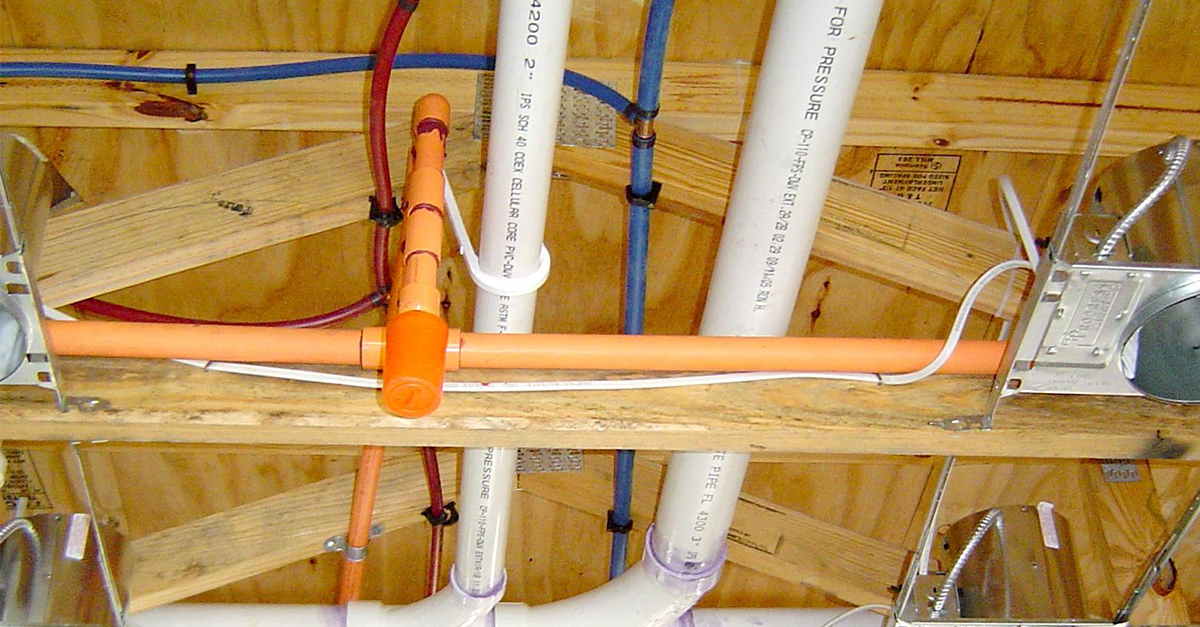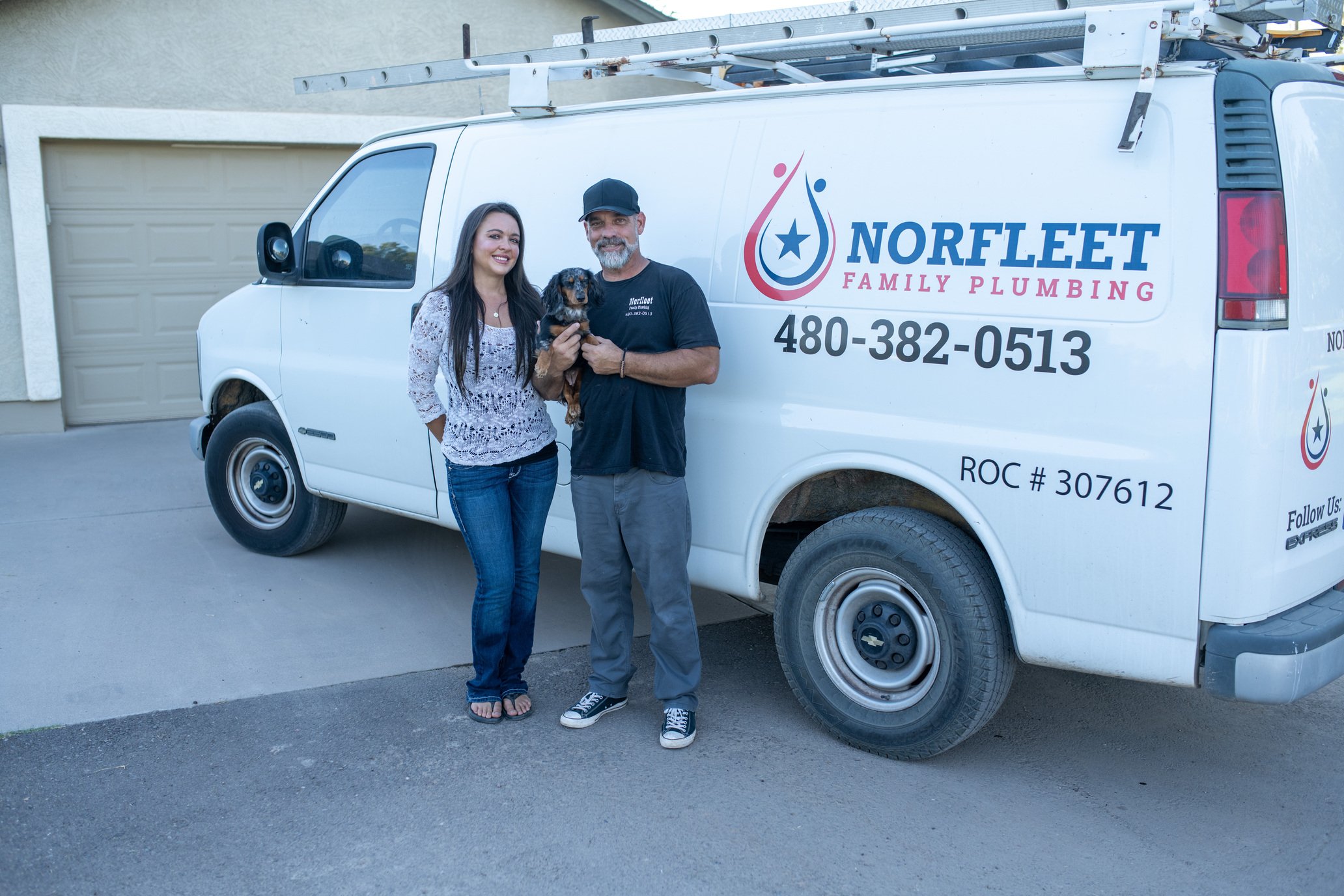Unpacking the Basics of Home Plumbing: A Beginner's Manual
BookHow do you actually feel with regards to How Does the Plumbing Work in Your Home??

Plumbing is a vital element of any home, responsible for providing tidy water for alcohol consumption, cooking, and bathing, as well as getting rid of wastewater securely. Comprehending the fundamentals of home plumbing is vital for every homeowner to make certain correct maintenance, troubleshooting, and, if necessary, repairs. In this newbie's guide, we'll cover the fundamental principles of home plumbing to assist you come to be much more aware of just how it functions.
Water System System
The water system brings tidy water right into your home from a local water source or a private well. It consists of a major water line that links to your home's plumbing system, normally located underground. A water meter determines the quantity of water eaten, while a shut-off valve allows you to control the circulation of water into your home.
Plumbing Components
Plumbing components are gadgets that provide water to various parts of your home and include sinks, taps, toilets, showers, bath tubs, and home appliances such as dishwashing machines and cleaning makers. Each component is attached to the water supply system via pipelines and installations and may have its shut-off valve for maintenance or emergency situations.
Water Heater
The water heating unit is accountable for heating water for residential usage, including showering, cooking, and cleansing. Typical types of hot water heater include tank-type water heaters, tankless (on-demand) hot water heater, and heat pump water heaters. The water heater is linked to the water system and provides warm water to plumbing fixtures as needed.
Drain System
The water drainage system eliminates wastewater from your home and lugs it away to a sewer therapy facility or septic system. It includes a network of pipes, installations, and components that transfer wastewater from plumbing components to the main sewer line or sewage-disposal tank. Correct water drainage is essential to avoid blockages, backups, and sewer leakages.
Air flow System
The air flow system aids keep correct atmospheric pressure and protect against sewage system gases from entering your home. Air vent pipelines, additionally called air vent heaps, expand from plumbing components to the roof covering, permitting sewage system gases to run away securely outdoors. Air flow pipes also allow air to enter the drainage system, facilitating smooth wastewater flow and protecting against suction or vacuum cleaner impacts.
Typical Plumbing Tools
Having the right tools on hand is essential for performing basic plumbing fixings and upkeep tasks. Common plumbing tools consist of adjustable wrenches, pipe wrenches, pliers, pipeline cutters, hacksaws, bettors, augers (or drain snakes), and Teflon tape. Having these devices easily available can assist you deal with small plumbing issues successfully.
Fundamental Plumbing Repair Services
While some plumbing fixings might need professional assistance, several typical issues can be addressed with standard DIY techniques. Understanding exactly how to repair a dripping tap, unclog a drainpipe, replace a commode flapper, or repair a trickling showerhead can save you money and time on plumbing repair services.
Conclusion
Recognizing the fundamentals of home plumbing is important for every home owner to keep a risk-free, functional, and effective plumbing system. By familiarizing yourself with the water supply system, plumbing components, drainage system, air flow system, usual plumbing tools, and fundamental repairs, you can with confidence address minor plumbing concerns and ensure your home's plumbing system runs efficiently.
Plumbing for Beginners: A Comprehensive Guide
If you’re a beginner when it comes to plumbing, don’t worry; you’re not alone. Plumbing may seem intimidating, but with the right knowledge and a little practice, you can handle many common plumbing issues on your own. In this comprehensive guide, we will demystify the world of plumbing for beginners, providing you with the basic knowledge and skills needed to tackle common plumbing problems and even take on some DIY plumbing projects.
The Importance of Basic Plumbing Knowledge for Beginners:
First and foremost, basic plumbing knowledge gives you a solid foundation. It helps you grasp the key concepts and terminology that are essential in this field. By learning the basics, you’ll be able to build upon that knowledge and tackle more complex plumbing tasks in the future.
Having a basic understanding of plumbing also enables you to handle common issues that may arise in your home. Picture this: a leaky faucet or a clogged drain. With some basic plumbing knowledge, you’ll have the confidence to troubleshoot and fix these problems on your own. It saves you from unnecessary expenses and the hassle of waiting for a professional to arrive.
As a beginner, learning the basics of plumbing empowers you to take care of your own home. It gives you a sense of independence and self-reliance. You’ll no longer have to rely solely on professionals for every small issue that pops up. Instead, you can handle many tasks yourself, saving time and money in the process.
Remember, everyone starts as a beginner. Embrace the learning process and take small steps to expand your plumbing knowledge. There are plenty of online resources, tutorials, and even local workshops that talk about plumbing for beginners.
Essential Tools for Plumbing for Beginners
As you start your plumbing journey, having the right tools in your toolbox is crucial. Let’s explore some of the must-have tools:
Adjustable Wrench:
This versatile tool is a staple in any plumber’s toolbox. It allows you to tighten or loosen nuts and bolts of various sizes. Make sure to have an adjustable wrench with a comfortable grip.
Pipe Wrench:
A pipe wrench is specifically designed for gripping and turning pipes. It has serrated jaws that provide a strong grip, making it easier to loosen or tighten threaded pipes and fittings.
Plunger:
The plunger is a simple yet effective tool for clearing clogged drains and toilets. It creates suction when you push and pull, helping to dislodge blockages. Keep a good-quality plunger handy for those unexpected clogs.
Pipe Cutter:
When it comes to cutting pipes, a pipe cutter is your go-to tool. It creates clean, precise cuts without damaging the pipe. Look for a pipe cutter that can handle the pipe sizes you’re working with.
Hacksaw:
A hacksaw is useful for cutting through pipes, screws, and other materials. It’s a versatile tool that can handle different cutting tasks. Remember to use a blade suitable for cutting metal.
Tape Measure:
Accurate measurements are crucial in plumbing. A tape measure allows you to measure pipe lengths, distances, and dimensions accurately. Opt for a sturdy tape measure that extends a good length.
Pliers:
Pliers come in handy for various tasks, such as gripping, bending, and cutting. Slip-joint pliers with adjustable jaws are great for gripping pipes, nuts, and bolts.

I found that blog entry on Plumbing Basics Every Homeowner Should Know while surfing the internet. Enjoyed reading our piece? Please share it. Help another person discover it. Thank-you for taking the time to read it.
Book 24/7